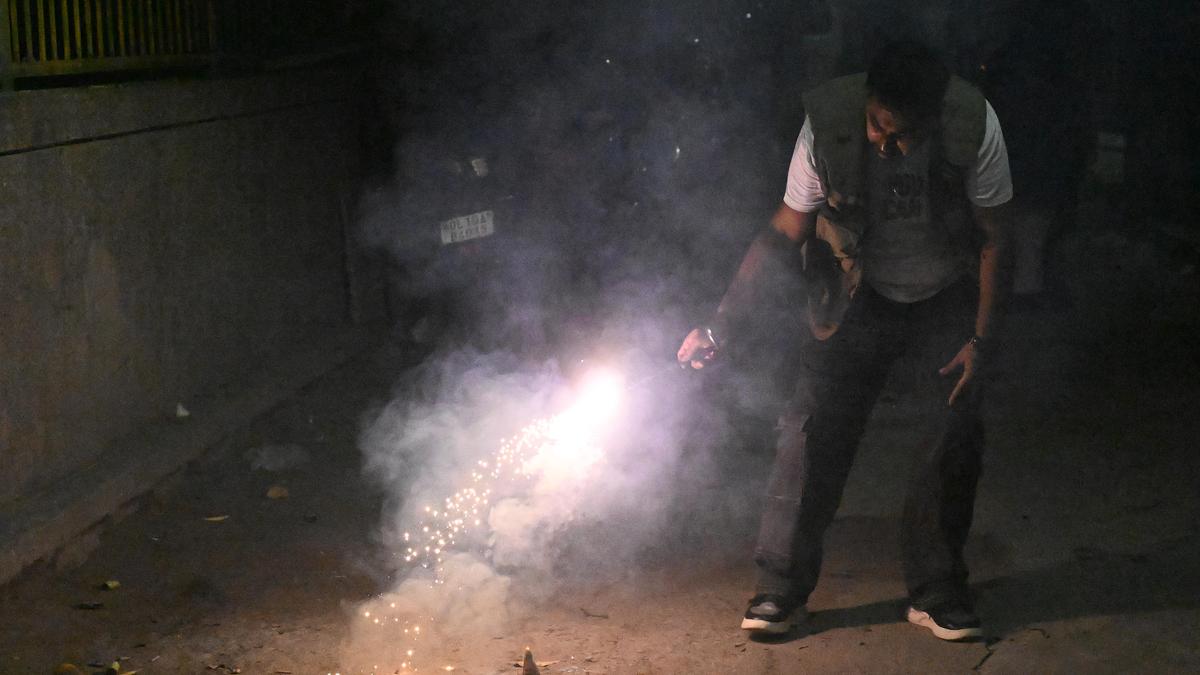Home / Environment / Delhi Chokes as Diwali Fireworks Breach Pollution Limits
Delhi Chokes as Diwali Fireworks Breach Pollution Limits
21 Oct
Summary
- Air pollution in Delhi spiked to 100 times WHO limits on Diwali night
- Official air quality data went missing during peak pollution hours
- Meteorological factors like wind speed helped quickly disperse pollutants

According to official data, air pollution in Delhi spiked to 100 times the World Health Organisation's (WHO) permissible limits on Diwali night as residents continued bursting firecrackers well past the 10 PM deadline set by the Supreme Court. However, the pollution levels fell quickly, which experts attribute to higher wind speeds and temperatures.
The Delhi Pollution Control Committee (DPCC) data showed several missing data points for the peak pollution hours between 11 PM and 3 AM on the intervening night of Monday and Tuesday. This led environmental activists to question the authenticity of the official air quality reporting. For instance, PM2.5 levels in some areas crossed 1,700 micrograms per cubic meter, over 116 times the WHO limit, but the data was unavailable during the worst hours.
Experts suggest that moderately high wind speeds of 5-10 km/hr around midnight helped quickly disperse the pollutants. As Diwali was celebrated earlier than usual this year, the temperatures had not dropped drastically, further aiding the ventilation. However, the missing data has led to concerns that the actual air quality index (AQI) may have been underestimated by the authorities.




